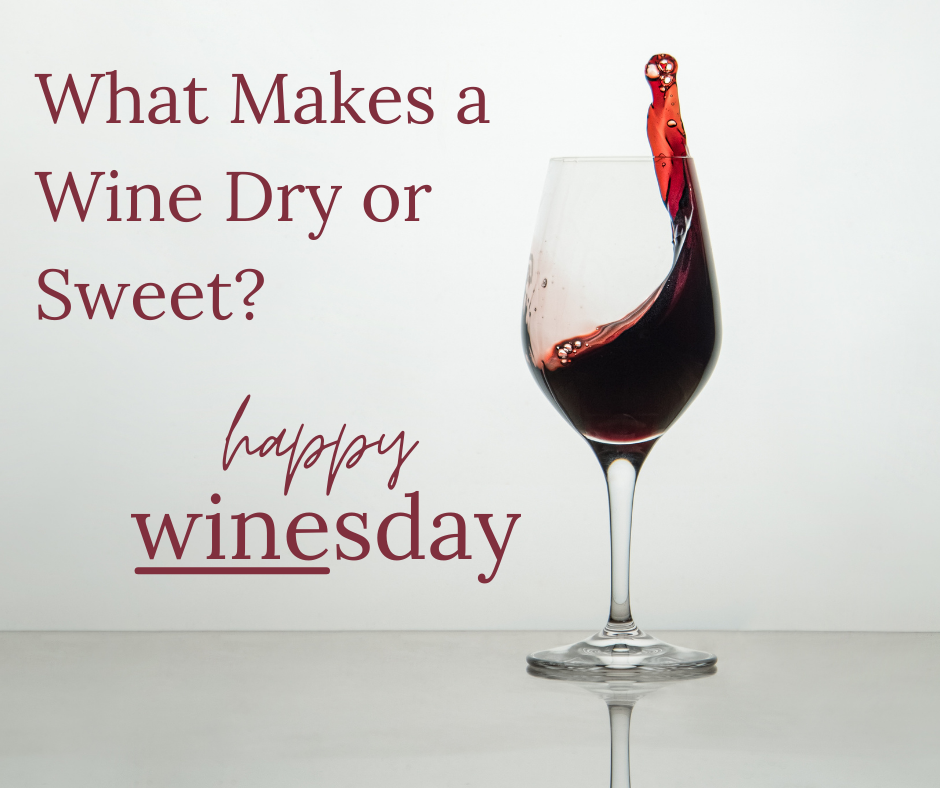– Louis Pasteur
Let’s talk wine smarts. You know, the kind of trivia that makes you sound effortlessly sophisticated at a dinner party—or at least helps you win imaginary points when talking to a restaurant sommelier.
So, what makes a wine dry or sweet? It’s all about sugar, but not in the “candy aisle at the grocery store” kind of way. When a wine is called “dry,” it means most (or all) of the grape’s natural sugar has been converted into alcohol during fermentation. No sugar left, no sweetness. On the flip side, a sweet wine retains some of that sugar, creating that luscious, dessert-like taste. But there’s more to it than just fermentation.

Here are some key factors that influence a wine’s sweetness level:
🍇 Climate Matters: Grapes grown in warmer regions (think Napa, Spain, or Australia) tend to develop higher sugar levels compared to their cooler-climate cousins (like Germany or Oregon). More sun = more sugar.
🕰️ Harvest Timing: The longer grapes stay on the vine, the more sugar they develop. Late-harvest wines (like Sauternes or Ice Wine) take full advantage of this, creating ultra-sweet, concentrated flavors.
☀️ Post-Harvest Tricks: Winemakers who want a sweeter wine may dry grapes in the sun (like in Amarone) to concentrate the sugar or use noble rot (which sounds terrible but makes magic happen—hello, Tokaji!).
🍷 Fermentation Control: Yeast eats sugar and turns it into alcohol. Stop fermentation early, and you keep some sugar. Let it run its course, and voilà, you get a drier wine. Some winemakers even add a little back (in a process called “back-sweetening”) to balance acidity.
So, next time someone swirls their glass and says, “Oh, this is quite dry,” you can nod knowingly and drop a wine nugget of your own. Cheers to learning and sipping! 🍷









